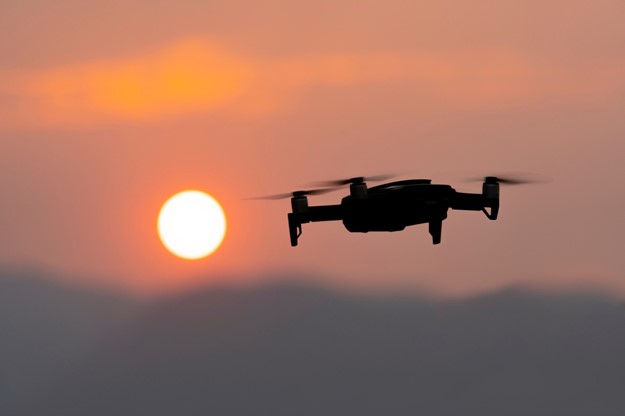The landscape of modern warfare and defense operations is undergoing a revolutionary transformation, driven predominantly by rapid advancements in technology. At the heart of this transformation is the burgeoning field of unmanned systems, encompassing unmanned aerial vehicles (UAVs), unmanned ground vehicles (UGVs), and unmanned underwater vehicles (UUVs). These systems are not just altering the tactics and strategies of military engagements but are also reshaping the logistical, surveillance, and reconnaissance capabilities of armed forces worldwide. This article from David Farca of Arizona delves into these unmanned systems’ development, deployment, and future prospects in modern military operations.
Unmanned Aerial Vehicles (UAVs): The Eyes in the Sky
UAVs, commonly known as drones, have seen a meteoric rise in both military and civilian applications over the past two decades. Initially deployed for reconnaissance and surveillance, UAVs now carry out a wide array of missions, including targeted strikes, electronic warfare, and cargo logistics. The technological advancements in UAVs, such as stealth features, AI-driven autonomous operations, and long-endurance capabilities, have made them invaluable assets on the battlefield.
The future of UAVs promises even greater integration of artificial intelligence (AI) and machine learning (ML), enabling these systems to execute complex missions with minimal human intervention. Additionally, the development of swarm technology, where multiple drones operate as a cohesive unit, can potentially redefine aerial warfare, offering strategies that combine the advantages of mass, coordination, and distributed lethality.
Unmanned Ground Vehicles (UGVs): The Vanguard on Land
UGVs have started to play a crucial role in modern military operations, tasked with a variety of functions ranging from reconnaissance, combat support, and explosive ordnance disposal (EOD) to logistics and resupply missions. The appeal of UGVs lies in their ability to perform tasks that are considered too dangerous, dirty, or dull for human soldiers, thereby reducing risk and preserving lives.
Looking ahead, the integration of autonomous navigation systems, powered by advancements in sensor technology and AI, will enhance the operational efficiency and versatility of UGVs. Moreover, the development of modular UGV platforms, capable of being quickly reconfigured for different roles, from combat to medical evacuation (MEDEVAC), will increase their utility and adaptability on the modern battlefield.
Unmanned Underwater Vehicles (UUVs): The Silent Pioneers Beneath the Waves
UUVs represent the cutting edge of naval warfare and underwater exploration, undertaking missions that range from mine countermeasures and surveillance to anti-submarine warfare and oceanographic research. These unmanned systems offer the distinct advantage of accessing areas that are either too risky or physically impossible for human divers or manned submarines to reach.
The future of UUVs is poised for significant advancements, particularly in the realms of endurance, autonomy, and multi-mission capabilities. Emerging technologies, such as energy harvesting from the marine environment and AI-driven autonomous decision-making, promise to extend the duration and complexity of missions UUVs can perform. Moreover, the development of large, mother-ship-like unmanned surface vessels (USVs) that can deploy and recover UUVs will greatly expand the operational range and flexibility of these underwater systems.
Integration and Interoperability: The Key to Multi-Domain Operations
As these unmanned systems continue to evolve, a critical aspect of their future development will be their integration and interoperability across all domains of warfare. The concept of Multi-Domain Operations (MDO) aims to seamlessly integrate efforts across land, air, sea, space, and cyberspace to generate overmatching capabilities. The successful implementation of MDO strategies will depend on the ability of UAVs, UGVs, and UUVs to communicate, share data, and operate jointly in a cohesive and synchronized manner.
Ethical and Legal Considerations
As unmanned systems become more autonomous and capable, ethical and legal considerations become more prominent. The rules of engagement, accountability for actions taken by autonomous systems, and the potential for proliferation and misuse are issues that will require careful consideration and international cooperation to address.
The future of unmanned systems in modern military operations is not just promising; it is already unfolding. The continuous development and deployment of UAVs, UGVs, and UUVs are set to redefine the dynamics of warfare, offering unprecedented capabilities while also posing new challenges. As these technologies advance, the focus will increasingly shift towards ensuring they are used responsibly and within a framework that balances operational effectiveness with ethical considerations. The next chapter in the annals of military history is being written by unmanned systems, marking a significant leap forward in the art and science of warfare.
